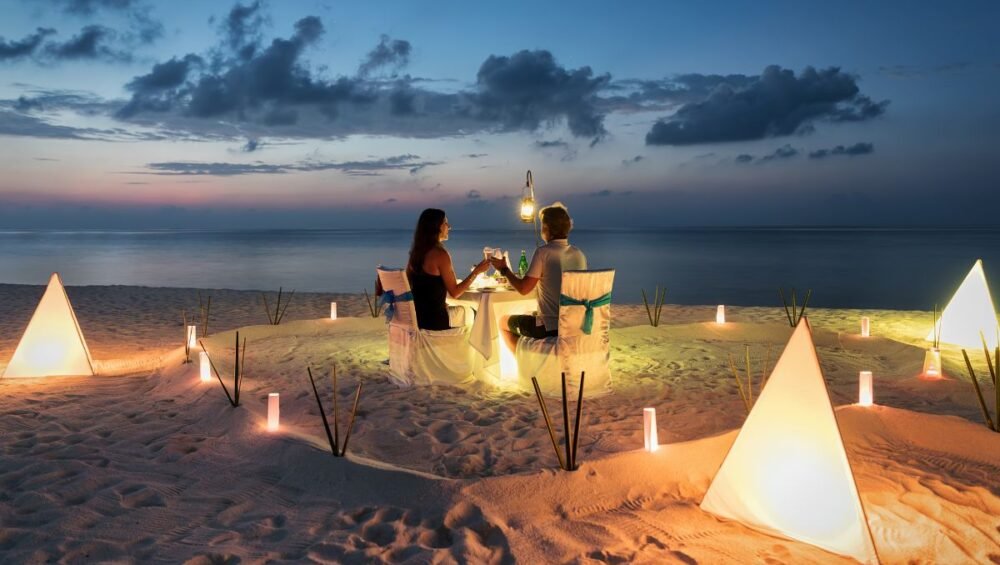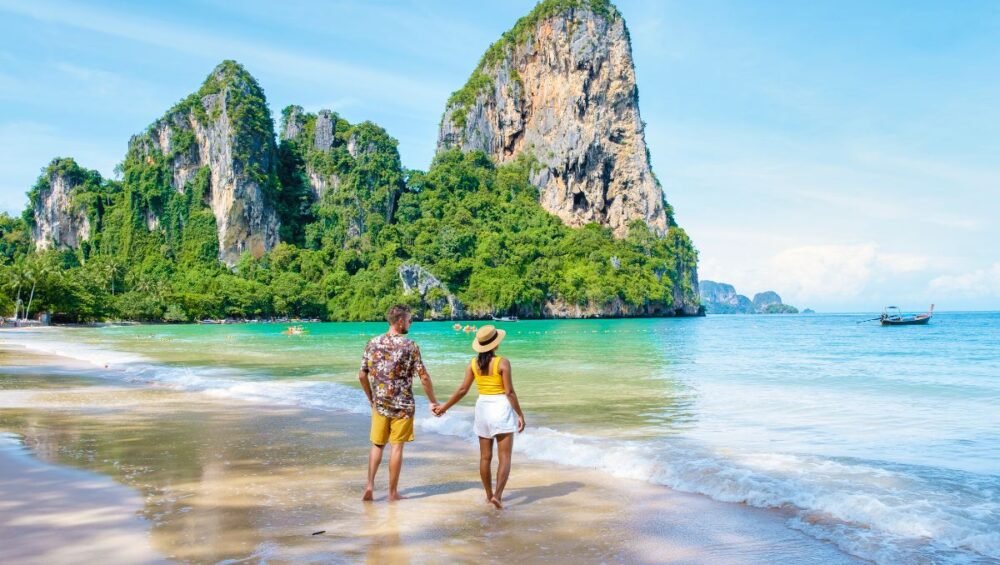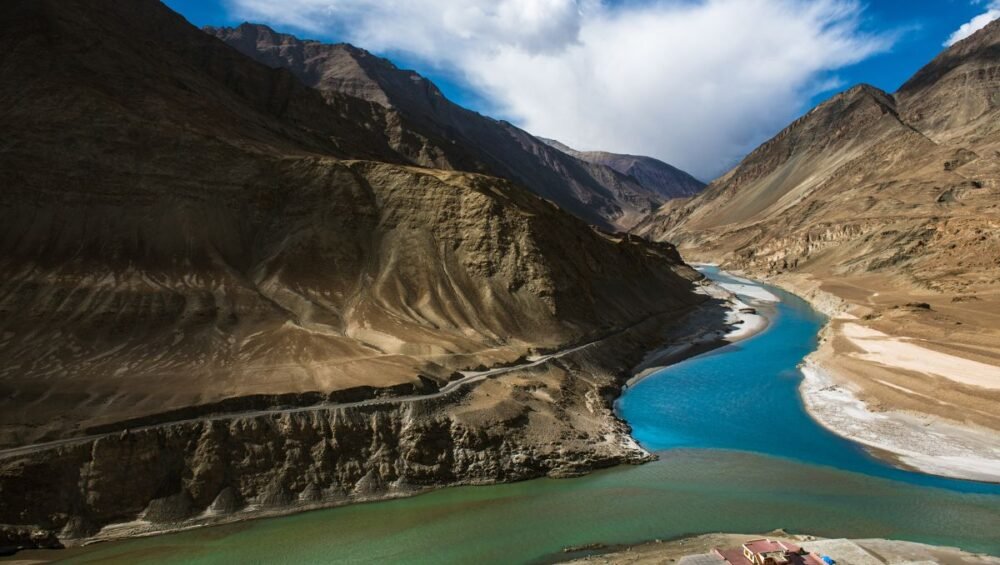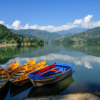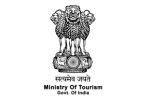Exploring India’s Rich Wildlife: What You Need to Know Before Your Journey
Are you an adventurer at heart, seeking to immerse yourself in the vibrant tapestry of India’s wilderness? Look no further! Embark on an unforgettable journey through India’s wildlife sanctuaries and national parks, where every corner is teeming with biodiversity and natural beauty. Before you set foot on this mesmerizing expedition, here’s what you need to know to make the most of your India wildlife tour.
1. Choose Your Destinations Wisely
India boasts an incredible array of wildlife destinations, each offering a unique experience. From the majestic Royal Bengal Tiger of Ranthambore National Park to the elusive snow leopards of Hemis National Park in Ladakh, the choices are endless. Research and prioritize your preferences, whether it’s birdwatching in Bharatpur Bird Sanctuary or encountering Asiatic lions in Gir National Park.
2. Best Time to Visit
India’s diverse climatic zones mean that wildlife experiences vary throughout the year. Plan your trip according to the specific wildlife you wish to witness. For instance, summer (March to June) is ideal for tiger sightings in parks like Bandhavgarh and Kanha, while the monsoon season (July to September) brings lush greenery and is perfect for birdwatching in Western Ghats sanctuaries like Periyar. Winter (October to February) is prime time for spotting migratory birds in various wetlands across the country.
3. Accommodation and Permits
Secure your accommodations well in advance, especially if you’re traveling during peak tourist seasons. Many wildlife reserves offer government-run lodges as well as private resorts catering to various budgets. Additionally, certain parks require permits for entry and safari rides. Ensure you obtain these permits beforehand to avoid any last-minute hassles.
4. Guided Tours and Safari Etiquette
Opting for guided tours enhances your wildlife experience by providing insights from experienced naturalists and guides. Follow their instructions regarding safety protocols and wildlife etiquette during safari rides. Remember, these are wild habitats, and respecting the animals’ space is paramount for both your safety and theirs.
5. Packing Essentials
Pack light, but don’t forget the essentials. Binoculars, a good camera with zoom capabilities, sturdy walking shoes, insect repellent, and sun protection are must-haves. Additionally, carry appropriate clothing according to the weather and the specific region you’re visiting.
6. Conservation and Responsible Tourism
As you marvel at India’s wildlife wonders, remember the importance of responsible tourism. Respect the environment by avoiding littering, minimizing noise pollution, and refraining from feeding or disturbing the animals. Supporting eco-friendly lodges and conservation initiatives ensures that future generations can also enjoy these natural treasures.
7. Cultural Immersion
India’s wildlife tours offer not just natural splendor but also glimpses into its rich cultural heritage. Take time to explore nearby cultural attractions, interact with local communities, and savor traditional cuisine to enrich your journey further.
Exploring on a wildlife tour in India promises a soul-stirring encounter with nature’s finest creations. By planning diligently, respecting the environment, and embracing the local culture, you’re bound to create memories that will last a lifetime. So, pack your sense of adventure and get ready to be enthralled by the wild heart of India!
Embark on an unforgettable adventure with our wildlife tours in India and International! With carefully curated destinations, seasoned guides, and a commitment to responsible tourism, let Trivoyager take you on a journey where every moment is filled with awe and wonder.



